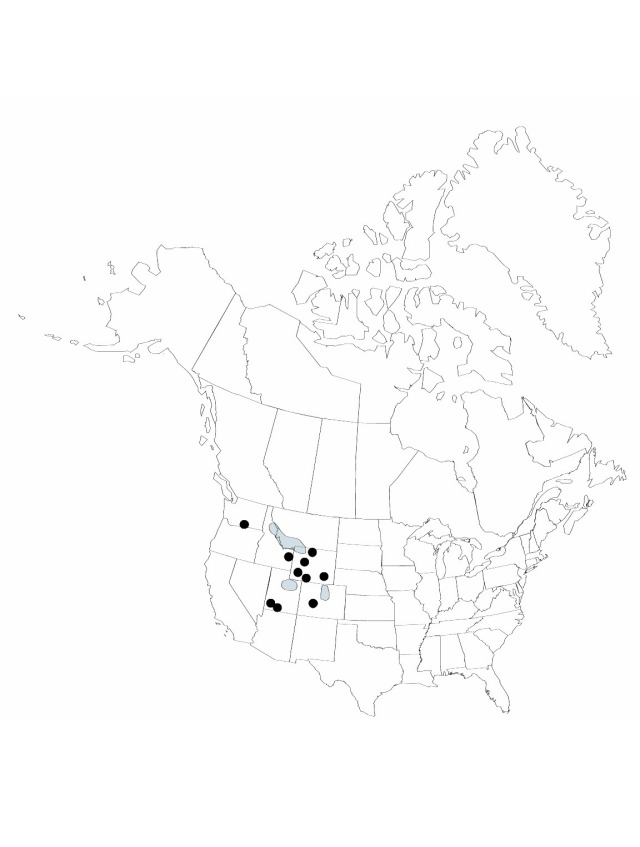Difference between revisions of "Juncus hallii"
Trans. Acad. Sci. St. Louis 2: 446. 1866.
FNA>Volume Importer |
GeoffLevin (talk | contribs) m (Corrected accepted publication title to match printed version) |
||
| (6 intermediate revisions by 2 users not shown) | |||
| Line 3: | Line 3: | ||
|accepted_authority=Engelmann | |accepted_authority=Engelmann | ||
|publications={{Treatment/Publication | |publications={{Treatment/Publication | ||
| − | |place=2:446. 1866 | + | |title=Trans. Acad. Sci. St. Louis |
| + | |place=2: 446. 1866 | ||
|year=1866 | |year=1866 | ||
}} | }} | ||
|common_names=Hall's rush | |common_names=Hall's rush | ||
| + | |special_status={{Treatment/ID/Special_status | ||
| + | |code=E | ||
| + | |label=Endemic | ||
| + | }} | ||
|basionyms= | |basionyms= | ||
|synonyms= | |synonyms= | ||
| Line 31: | Line 36: | ||
-->{{#Taxon: | -->{{#Taxon: | ||
name=Juncus hallii | name=Juncus hallii | ||
| − | |||
|authority=Engelmann | |authority=Engelmann | ||
|rank=species | |rank=species | ||
| Line 43: | Line 47: | ||
|distribution=Colo.;Idaho;Mont.;Utah;Wash.;Wyo. | |distribution=Colo.;Idaho;Mont.;Utah;Wash.;Wyo. | ||
|reference=None | |reference=None | ||
| − | |publication title= | + | |publication title=Trans. Acad. Sci. St. Louis |
|publication year=1866 | |publication year=1866 | ||
| − | |special status= | + | |special status=Endemic |
| − | |source xml=https:// | + | |source xml=https://bitbucket.org/aafc-mbb/fna-data-curation/src/2e0870ddd59836b60bcf96646a41e87ea5a5943a/coarse_grained_fna_xml/V22/V22_166.xml |
|genus=Juncus | |genus=Juncus | ||
|subgenus=Juncus subg. Genuini | |subgenus=Juncus subg. Genuini | ||
Latest revision as of 13:24, 14 March 2024
Herbs, perennial, strongly tufted, to 4 dm. Rhizomes densely short-branched. Culms terete. Cataphylls several. Leaves: auricles 0.2 mm, apex acutish to rounded, scarious; blade 4–15 cm. Inflorescences 2–7-flowered, loose to congested; primary bract usually longer than inflorescence. Flowers pedicellate; bracteoles ovate; tepals light brown with green midstripe, lanceolate or widely so, 4–5 mm, margins scarious; inner series loosely subtending capsule at maturity, shorter; stamens 6, filaments 0.8 mm, anthers 0.8–1.1 mm; style 0.2 mm. Capsules brown, 3-locular, oblong-ovoid, 3.5–5 × 1.5–1.9 mm, slightly exceeding perianth. Seeds amber, body 0.5 mm, tails 0.3 mm.
Phenology: Flowering and fruiting summer.
Habitat: Exposed slopes, stream banks, and meadows in montane and alpine areas
Elevation: 1600–3000 m
Distribution

Colo., Idaho, Mont., Utah, Wash., Wyo.
Discussion
Selected References
None.